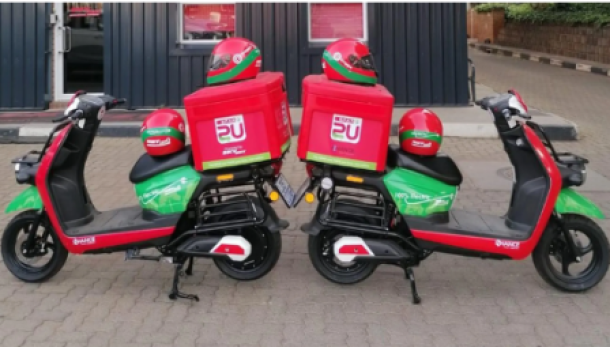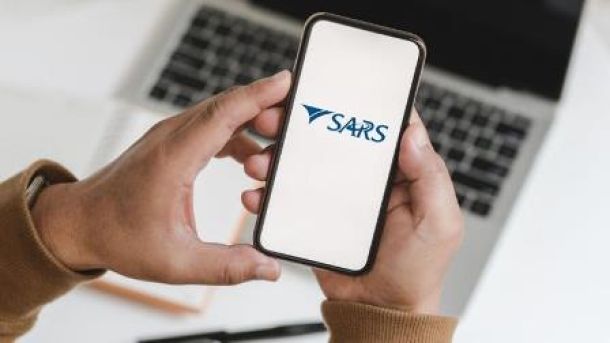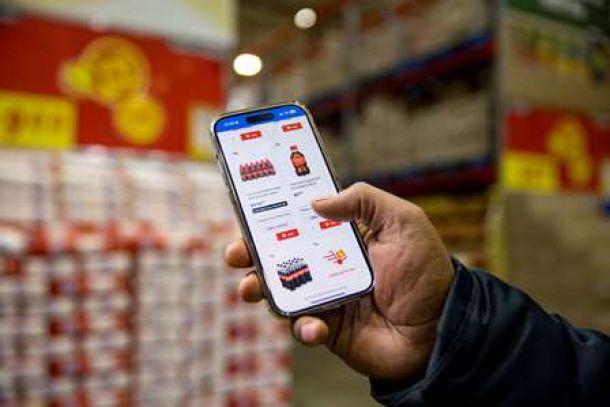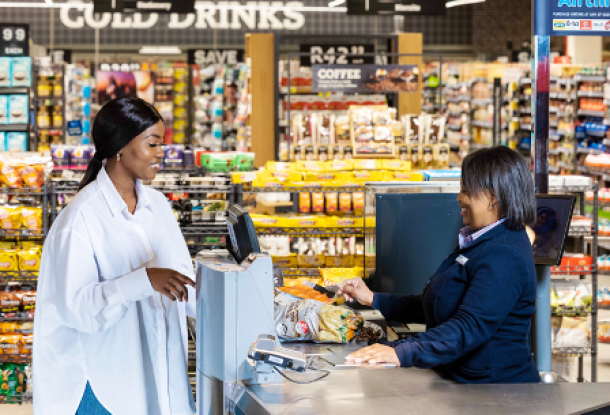
Africa’s retail revolution: Unleashing the continent’s potential
By Trade Intelligence
The landscape of grocery retail in Africa is undergoing a remarkable transformation, driven by shifting demographics and technological advancements. With the continent accounting for almost 17% of the global population, yet only 2.9% of global GDP, there is immense untapped potential waiting to be harnessed.
Trade Intelligence, a reputable research business, is closely monitoring this disruptive evolution, as major manufacturers expand their presence across Africa. Grocery retail in Africa is evolving rapidly, driven by demographic change and advances in technology. Research business Trade Intelligence is documenting the disruption, as major manufacturers expand their footprint on the continent.
Nowhere, perhaps, is this potential greater than in retail.
In 2022, retail sales on the continent grew around 6% to US$557 billion, and this trend is set to accelerate in the coming years driven by the increasing availability of e-commerce platforms, expanding middle-class populations and growing urbanisation.
Of course, Africa is not without its challenges – fragility, conflict and violence, and the impacts of climate change among them. Global commodity price increases, supply constraints and currency depreciation have driven inflation, eroding purchasing power for shoppers.
For consumer brands to take advantage of the opportunities the continent offers, while navigating its challenges, it is critical for them to understand some of the forces at play in the dynamic and rapidly evolving African retail environment.
Trade Intelligence is a South African research business which has been helping blue-chip clients in the FMCG space navigate the South African retail arena for nearly twenty years. The business has turned its focus to the African continent at large, and identified some of the key drivers of retail in this exciting period.
“It’s impossible to underestimate the impact that mobile and digital technology has already had on how retailers do business here,” says Trade Intelligence Sales and CRM Lead, Kerry Elliot. “Businesses in Africa are displaying their ability to leapfrog technological advancements, and we’re seeing the rapid adoption of an array of payment solutions, from cash, mobile payments, contactless and beyond.”
In 2021, 84% of internet users in Kenya and 60% in Nigeria regularly made payments with mobile phones, and 66% of global mobile money transactions take place in Africa.
The emergence of digital currencies such as bitcoin and central bank digital currency tokens also continue to make their mark.
One of the major effects of the advent of mobile cash is how it is serving to formalise Africa’s still-dominant informal trade. Over 70% of retail transactions on the continent still occur within the informal trade; technology is making this trade more accessible to shoppers and suppliers alike.
Kenya’s TwigaForce, for example, is a platform for unlocking the informal trade by connecting informal traders to producers and suppliers. “As these platforms expand their reach across more markets, their impact and influence are poised to positively shape Africa’s retail landscape,” says Elliott.
As retail in African countries formalises, it also becomes more diverse, as demonstrated by the trend of hyper-segmentation. Shopper needs and behaviours inspire retailers to adopt omnichannel strategies to follow shoppers wherever they are, with a number of formats in key channels.
This is a force that has long been at play, and is beginning to be seen in maturing markets like Kenya. There, French grocery giant Carrefour is operating big box hyper formats in the urban centres, placing smaller-format supers and convenience stores closer to shoppers, enabled again by e-commerce. Local retailers such as Naivas are following suit.
“A related trend is the rise of convenience,” says Elliott, “and the ability to offer convenience formats that deliver on proximity will fuel the growth and modernisation of the sector.”
Trade Intelligence tracks these trends across African retail markets, particularly in the SADC countries, but with an increasing focus on nodes of expansion like East and West Africa. “We’re very interested in what’s happening in Kenya right now,” says Elliott.
“There’s a real energy there, at the interface of traditional informal retail and the rise of local and international corporate players.”
She notes that it is critical that grocery brands inform themselves of how to adapt their offering to the changes afoot, plugging into the growing shopper need for convenience, for example, by changing pack sizes.
Africa finds homegrown solutions to seemingly intractable challenges, adapting any new technology to local use – for which the continent’s gathering retail revolution is a powerful showcase.
News Category
- International retailers
- On the move
- Awards and achievements
- Legislation
- Wine and liquor
- Africa
- Going green
- Supplier news
- Research tools
- Retailer trading results
- Supply chain
- Innovation and technology
- Economic factors
- Crime and security
- Store Openings
- Marketing and Promotions
- Social Responsibility
- Brand Press Office
Related Articles

Two local businesses see a gap as food and groc...

SARS launches WhatsApp channel to help check ta...

Shoprite launches online shopping and bulk deli...

Sixty60 promises lightning-fast delivery of 10 ...


